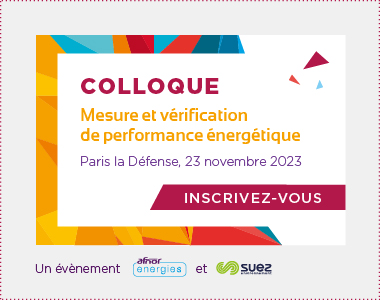Offices, shops, hotels, hospitals, banks, municipal buildings… The law requires occupants of buildings over 1,000 m² housing a tertiary activity to follow an energy-saving trajectory up to 2050. To be compliant, it’s best to leave on time! Whether you’ve already carried out an energy audit or not, whether you’re ISO 50001 certified or not, AFNOR Energies can help you get started. Our energy engineers give you the right advice to ensure that your actions bear fruit, and provide you with a secure platform for collecting and monitoring your single-site and multi-site data.
What does the tertiary sector decree say?
The ELAN law and its application decree of July 23, 2019 set out the energy-saving targets that two landmark laws – the Grenelle II law of 2010 and the energy transition law of 2015 – imputed to tertiary built assets. As the tertiary sector is a diffuse one, where activity takes place in buildings for which an energy-saving action does not generate an immediate return on investment, the choice was made to reason over a long period of time: thirty years, with milestones in ten-year increments, in relation to a reference year that cannot be earlier than 2010:
This target applies to all existing commercial buildings as of October1, 2019, and to each individual building of over 1,000 m² within these buildings. The text provides for a second option: to meet, by these deadlines, a level of final energy consumption set in absolute terms, by decree, according to the energy consumption of new buildings in their category.
This target applies to all existing commercial buildings as of October1, 2019, and to each individual building of over 1,000 m² within these buildings. The text provides for a second option: to meet, by these deadlines, a level of final energy consumption set in absolute terms, by decree, according to the energy consumption of new buildings in their category.
These measures will help to enhance the value of energy-efficient real estate assets, and those that are already in the process of becoming so. The text stipulates that the assessment of compliance with the obligation must be appended to sales and rental documents. Finally, the text organizes data: it provides for the deployment of an IT platform to collect consumption data. From 2021 onwards, owners or their delegates will be required to enter the data for the previous year in ADEME’s OPERAT platform by September 30 each year.
Web conferences and training courses for the tertiary sector
Need more info? Watch a replay of our web series of conferences on tertiary decree, hosted by Timothée Goutet (AFNOR Energies) and Béatrice Poirier (AFNOR Certification). We also give you access to AFNOR Compétences training courses on the subject.
Key points to remember
- Occupants of commercial buildings over 1,000 m² must follow an energy-saving trajectory until 2050.
- AFNOR Energies and its engineers will give you the right advice to ensure that your actions bear fruit.


